Hi there, pet lovers! 🦎
If you’re looking for a pet that’s as vibrant and captivating as it is fascinating to observe, the Giant Day Gecko (Phelsuma grandis) might just be the perfect choice. Known for their dazzling green coloration, striking red markings, and active personalities, these geckos are like living jewels. However, owning one requires careful consideration and dedication. Are they easy to care for? Can you handle them often? And what does it take to keep these tropical beauties thriving in captivity? Let’s dive into everything you need to know about the Giant Day Gecko to determine if it’s the right pet for you!
Overview
Giant Day Geckos are stunning, diurnal lizards native to Madagascar. They are known for their vibrant green bodies, red markings, and large, expressive eyes. These geckos are active during the day, making them a joy to watch as they climb, explore, and interact with their environment. Here’s a quick summary of what makes them stand out:
- Handling and Temperament: Best admired from a distance; not ideal for frequent handling.
- Care and Maintenance: Moderate care requirements, including specific humidity, temperature, and diet needs.
- Health and Durability: Generally hardy but sensitive to environmental changes and improper care.
- Availability: Widely available through breeders, expos, and online retailers.
- Cost: Affordable to purchase but requires an initial investment in a proper setup.
- Overall: A visually stunning and interactive pet for dedicated reptile enthusiasts who prefer hands-off companionship.
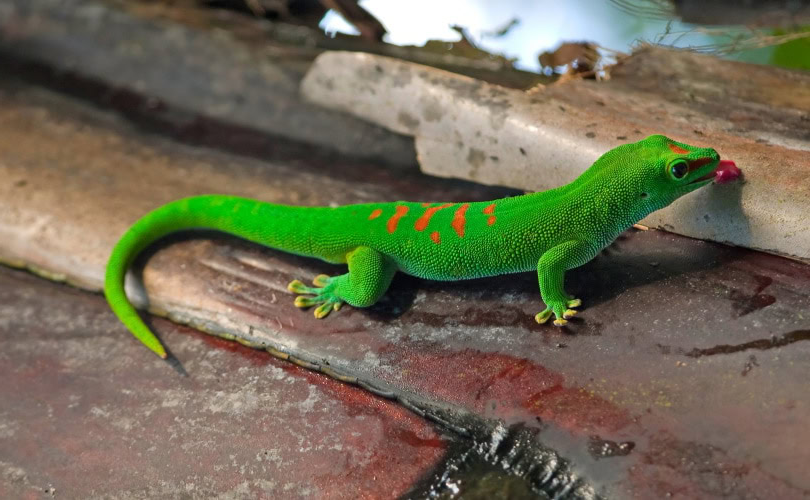
Why Choose a Giant Day Gecko?
Giant Day Geckos are ideal for those who appreciate the beauty and activity of a tropical reptile but don’t necessarily want a pet that requires frequent handling. Their vibrant colors, diurnal habits, and interactive nature make them a captivating addition to any home. However, they are best suited for experienced reptile keepers or dedicated beginners willing to meet their specific care requirements.
Handling and Temperament
Giant Day Geckos are not the best choice for those who want a hands-on pet. These geckos are delicate, fast, and easily stressed, which makes handling a risky proposition. Their skin is incredibly sensitive and can tear or even slough off if handled improperly. Additionally, they are known for their agility and ability to climb smooth surfaces, including glass, which means they can quickly escape if not handled with extreme care.
Key Points About Handling
- Delicate Nature: Their skin is fragile and can be damaged easily.
- Escape Artists: They are incredibly fast and can climb walls, ceilings, and glass.
- Stress Indicators: Rough handling can cause them to drop their tails or patches of skin.
- Observation Over Interaction: These geckos are best enjoyed as a “look but don’t touch” pet.
While they may not be handleable, their active and curious nature makes them a joy to watch. They often come to the front of their enclosure to observe their surroundings, making them feel like interactive companions even without physical contact.
Care and Maintenance
Giant Day Geckos have moderate care requirements, making them suitable for dedicated hobbyists. Their tropical origins mean they need a warm, humid environment with plenty of climbing opportunities. Here’s a breakdown of their care needs:
Enclosure Setup
- Size: A vertically oriented enclosure is essential. A 18x18x24-inch tank is the minimum for one adult, but larger is always better.
- Climbing Space: Provide plenty of branches, bamboo, cork bark, and foliage for climbing and hiding.
- Substrate: Use a moisture-retentive substrate like coconut fiber or bioactive soil to maintain humidity.
- Hiding Spots: Include multiple hiding spots to help them feel secure.
Humidity and Temperature
- Humidity: Maintain humidity levels between 60-80%. This can be achieved through daily misting or the use of a fogger.
- Temperature: Provide a basking spot of 85-90°F (29-32°C) and an ambient temperature of 75-80°F (24-27°C). Avoid temperatures above 90°F, as this can be harmful.
Feeding
- Diet: Giant Day Geckos are omnivores. Their diet should consist of a mix of live insects (e.g., crickets, dubia roaches, waxworms) and commercially prepared gecko diets or fruit purees.
- Supplements: Dust insects with calcium and multivitamin supplements to ensure proper nutrition.
- Feeding Schedule: Feed adults 3-4 times per week, adjusting portion sizes based on their appetite.
Lighting
- UVB Lighting: Provide low-level UVB lighting to support vitamin D3 synthesis and overall health.
- Day/Night Cycle: Maintain a consistent light cycle of 12 hours of light and 12 hours of darkness.
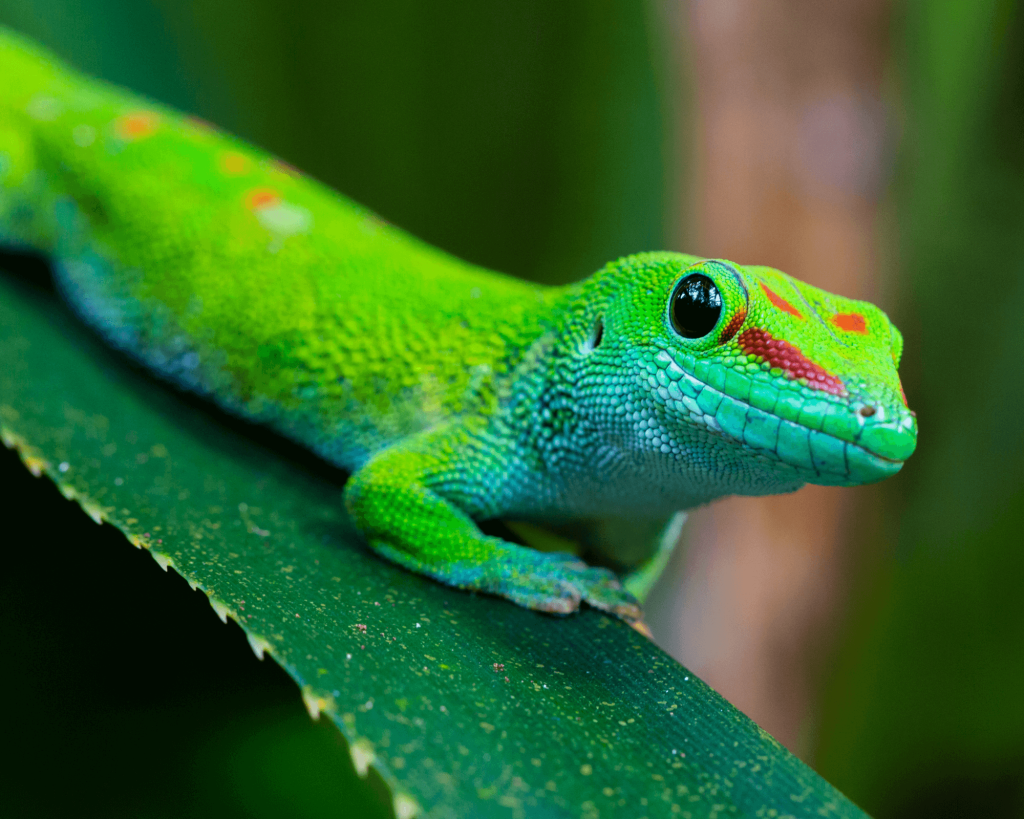
Health and Durability
Giant Day Geckos are generally hardy when their care requirements are met, but they can be sensitive to environmental changes and improper care. Here are some key health considerations:
Common Health Issues
- Metabolic Bone Disease: Caused by insufficient UVB exposure or calcium deficiency.
- Dehydration: Occurs if humidity levels are too low or if they lack access to water.
- Skin Infections: Can result from improper humidity or unclean enclosures.
- Stress-Related Issues: Overhandling or poor enclosure conditions can lead to tail loss or skin shedding.
Preventative Care
- Maintain proper humidity and temperature levels.
- Provide a balanced diet with supplements.
- Avoid handling unless absolutely necessary.
- Regularly clean and maintain the enclosure to prevent infections.
With proper care, Giant Day Geckos can live 10-15 years, making them a long-term commitment for dedicated owners.
Availability and Cost
Giant Day Geckos are widely available in the reptile trade, thanks to their popularity and relatively easy breeding. Captive-bred individuals are recommended, as they tend to be healthier and better adapted to captivity than wild-caught specimens.
Where to Buy
- Breeders: The best option for healthy, well-cared-for geckos.
- Reptile Expos: Great for meeting breeders and viewing geckos in person.
- Online Retailers: Many reputable sellers offer captive-bred Giant Day Geckos.
Cost
- Gecko Price: $50 to $150 for standard morphs, with rare color variations costing more.
- Setup Cost: $200 to $400 for a proper enclosure, lighting, heating, and decor.
- Ongoing Costs: Budget for food, supplements, and replacement equipment like UVB bulbs.
Pros and Cons
Pros
- Stunning Appearance: Their vibrant colors make them one of the most beautiful reptiles.
- Diurnal Activity: Active during the day, making them fun to observe.
- Interactive Nature: Curious and alert, often watching their surroundings.
- Long Lifespan: With proper care, they can live 10-15 years.
Cons
- Not Handleable: Delicate and prone to stress, making them unsuitable for frequent handling.
- Moderate Care Requirements: Require specific humidity, temperature, and diet needs.
- Initial Setup Cost: The enclosure and equipment can be expensive.
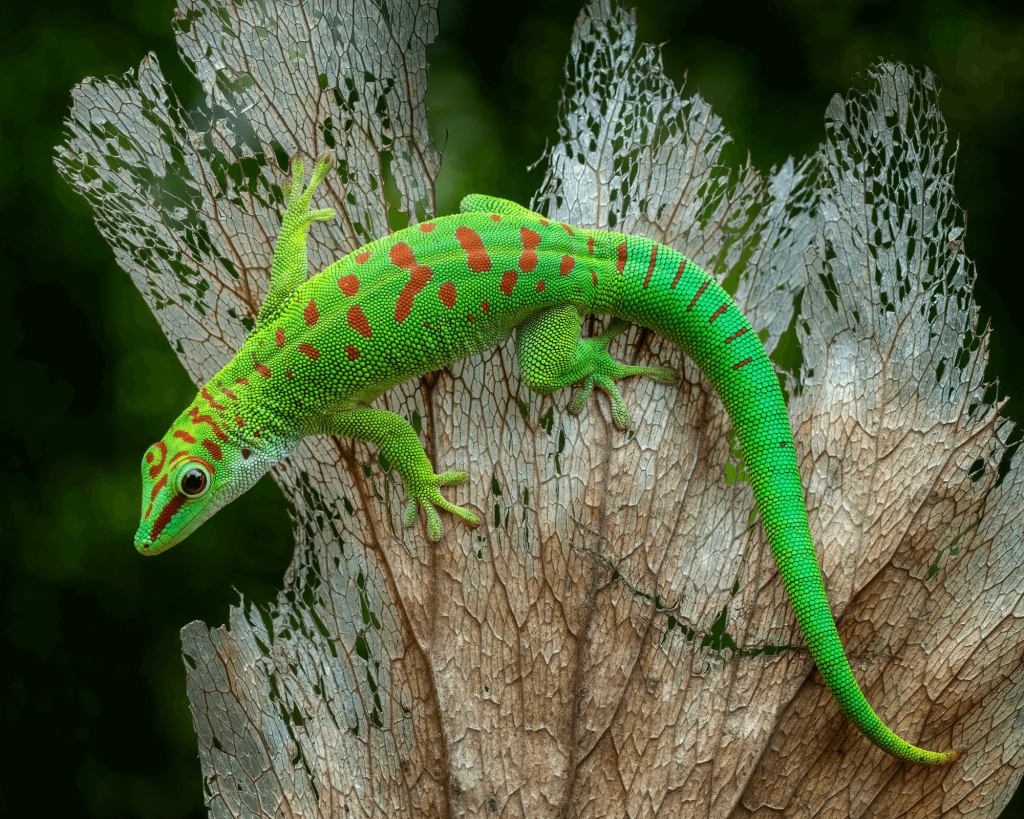
Final Thoughts
The Giant Day Gecko is a visually stunning and interactive pet that brings a slice of the tropics into your home. While they may not be the best choice for those who enjoy handling their pets, they are perfect for reptile enthusiasts who appreciate observing natural behaviors and vibrant colors.
If you’re willing to invest the time and effort into creating the right habitat and maintaining their care routine, a Giant Day Gecko can be a rewarding and long-term companion. Whether you’re a seasoned reptile keeper or a dedicated beginner ready for a moderate challenge, this species could be a fantastic addition to your collection.
Have you owned a Giant Day Gecko? Share your experiences and tips in the comments below! We’d love to hear how you care for your gecko and what makes them special to you.
For more reptile care tips and reviews, stay tuned to our blog and don’t forget to subscribe to our newsletter! 🦎

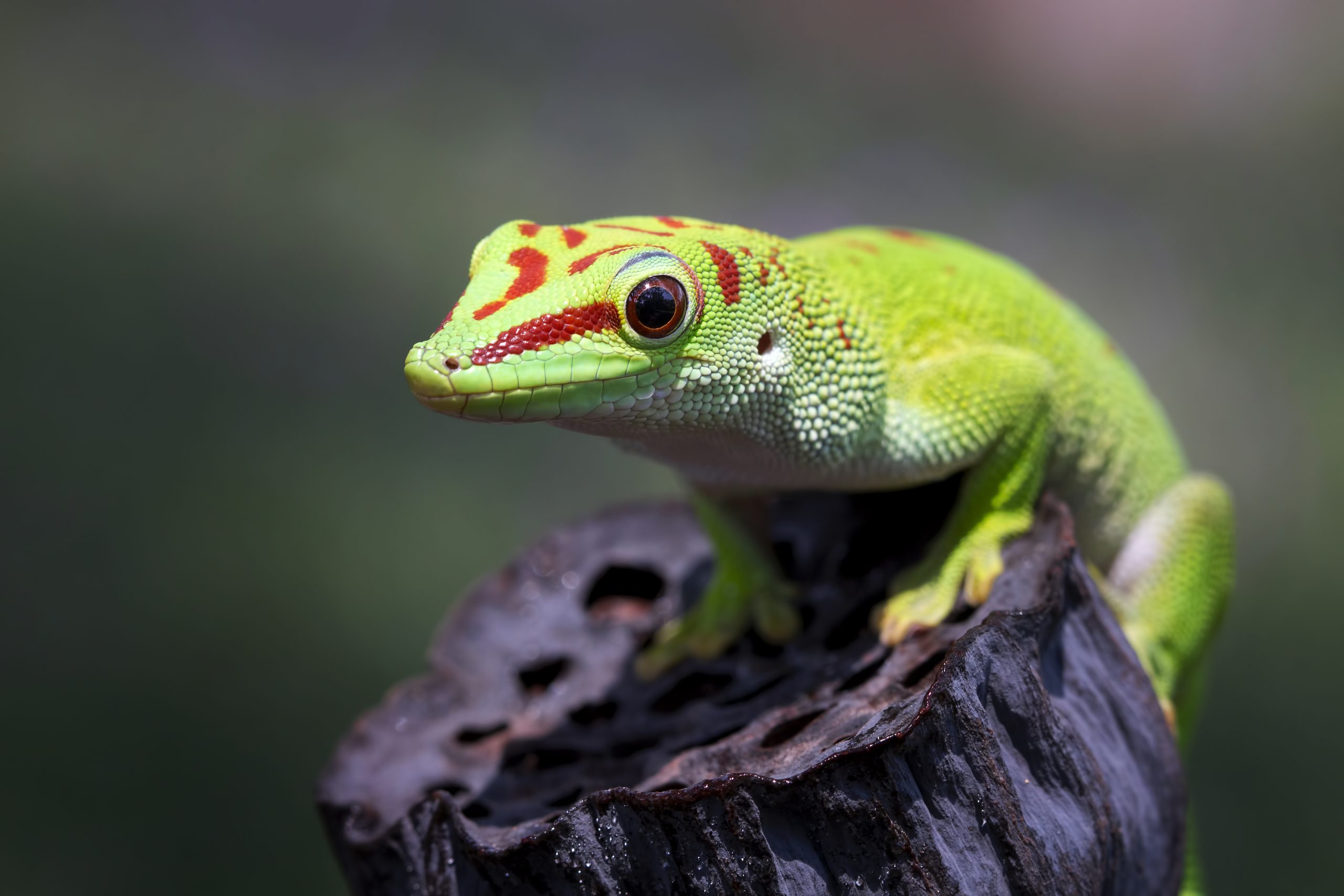

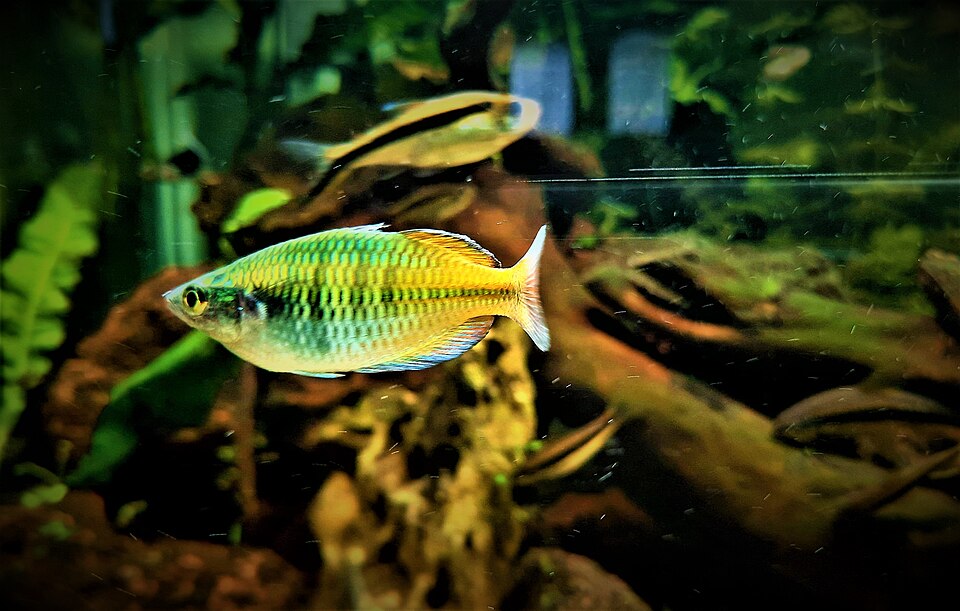
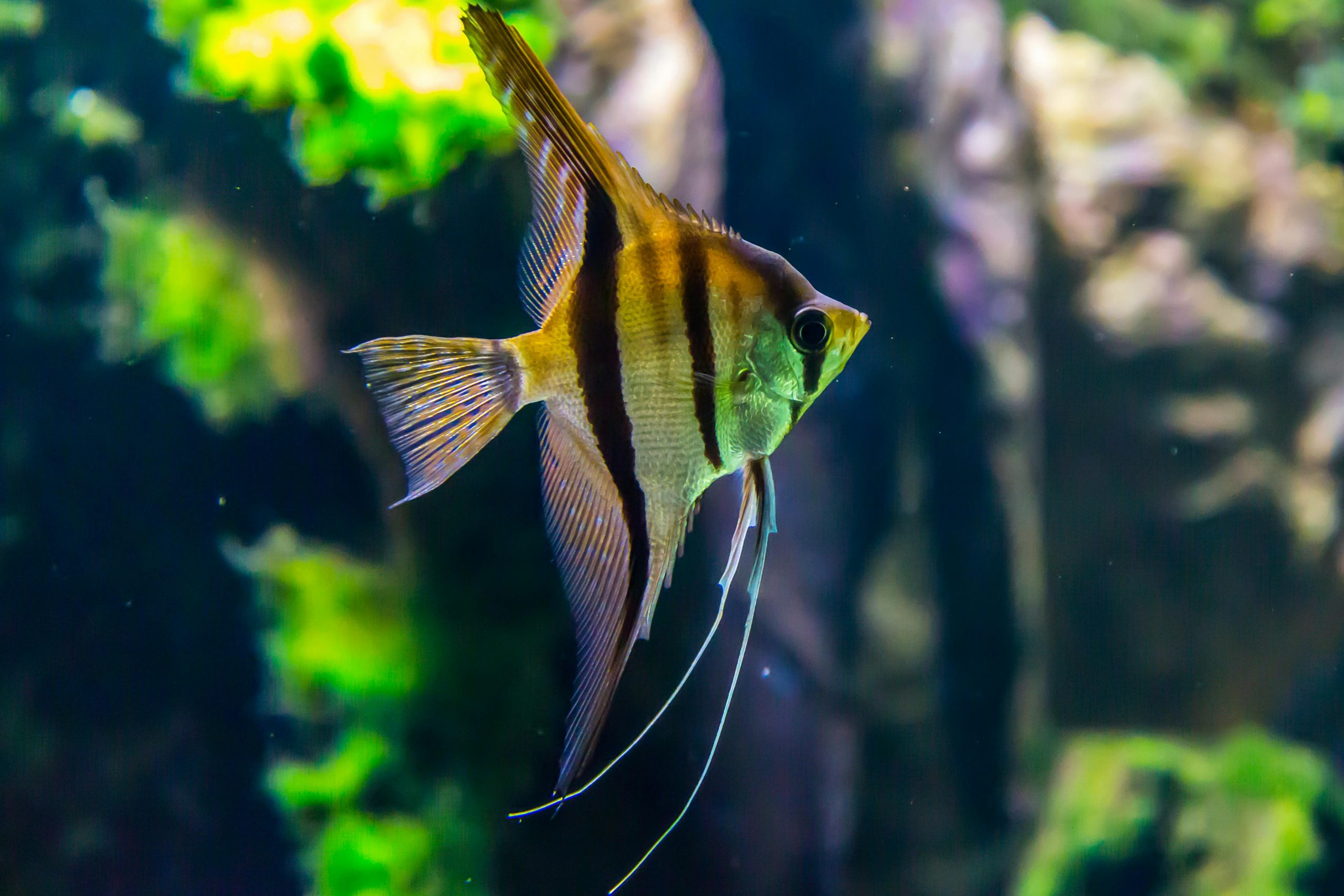
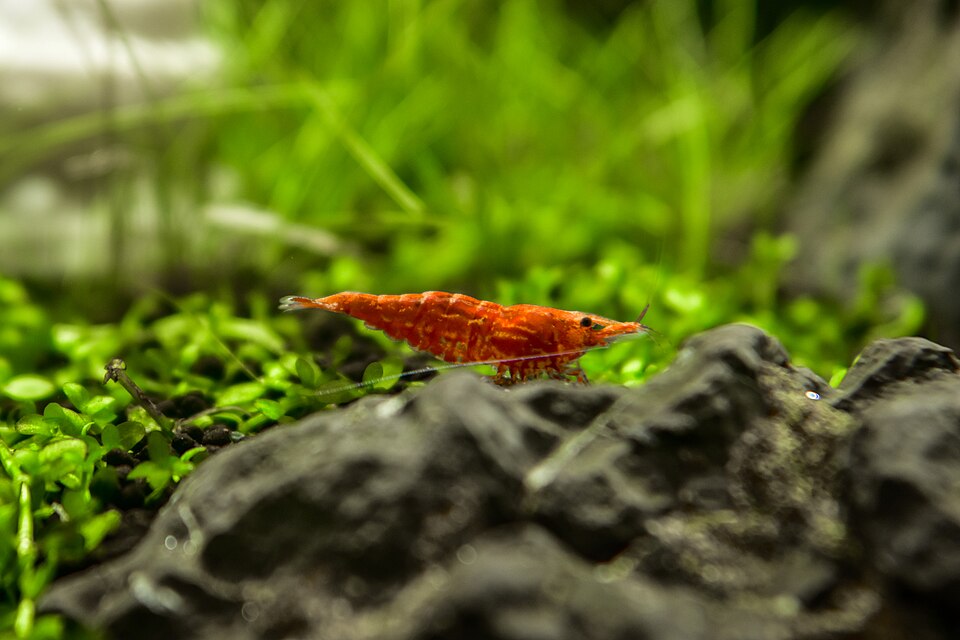

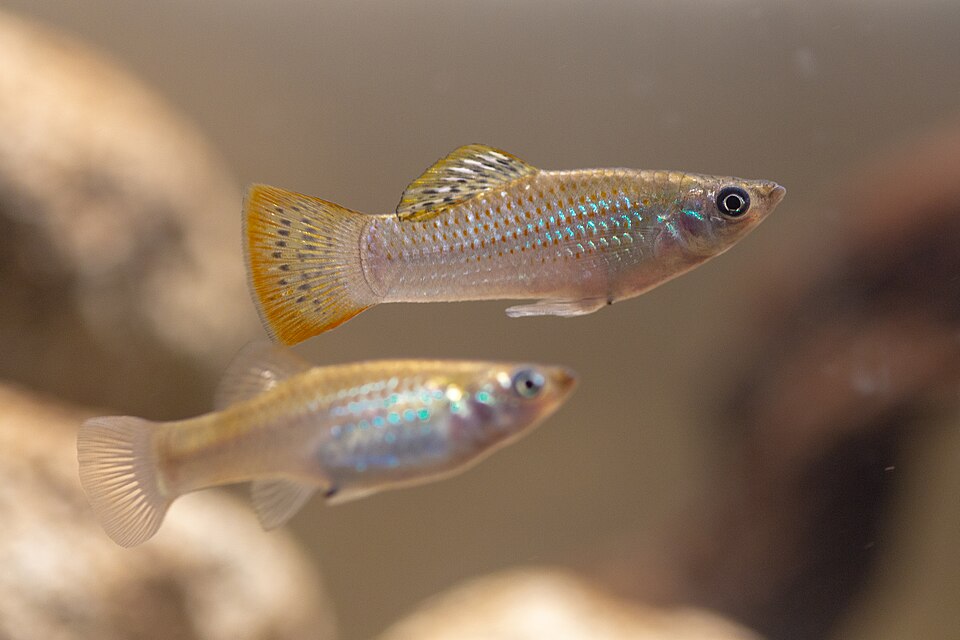
Leave a Reply